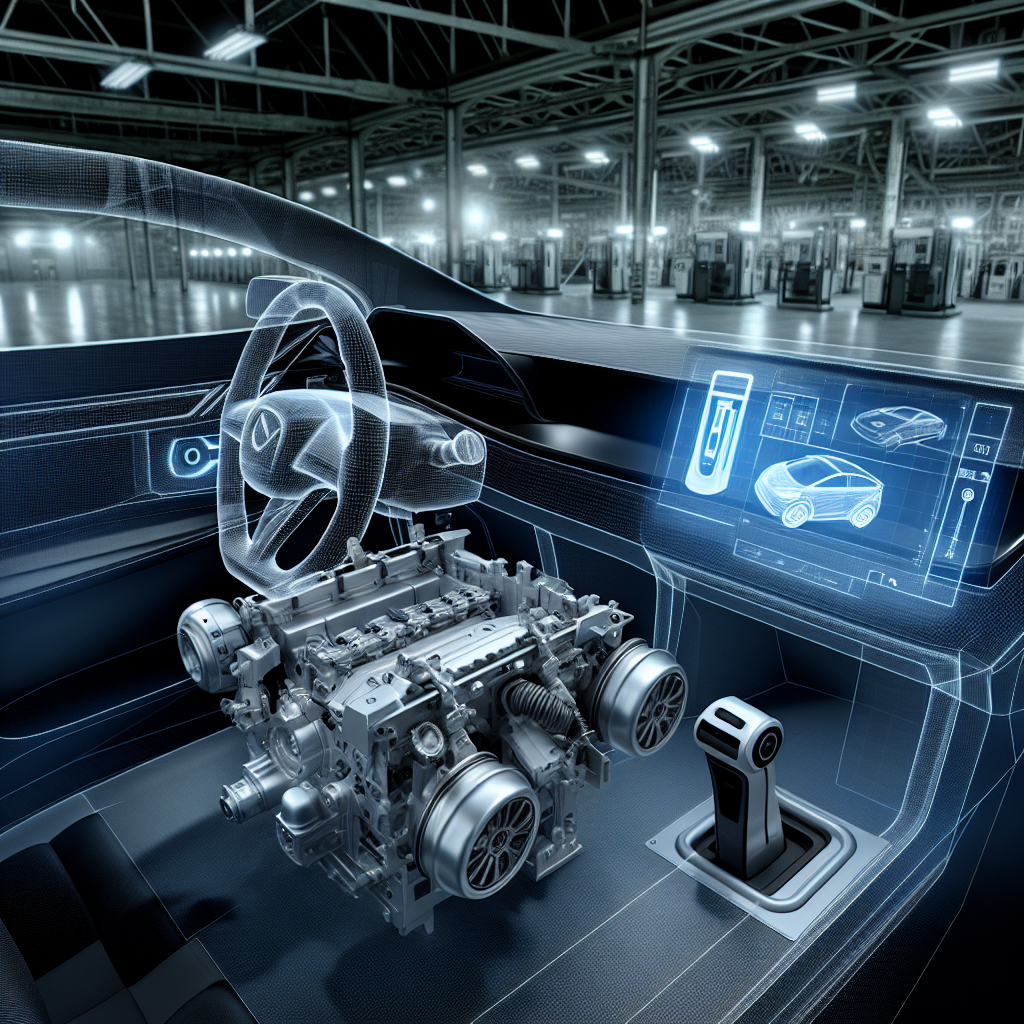Revolutionizing EVs: Kumar Vihaan’s Insights on AI Diagnostics for Sustainable Mobility
As the automotive industry accelerates towards a greener future, electric vehicles (EVs) have emerged at the forefront of this transformation. Among the luminaries leading this change is Kumar Vihaan, an acclaimed Automotive Engineer whose expertise in EV systems and AI diagnostics is shaping the path to sustainable mobility. This article delves into how Vihaan’s pioneering work is setting new benchmarks in the field, especially as we look forward to the automotive landscape of 2025.
Enhanced Battery Technologies and AI Integration
Kumar Vihaan has consistently highlighted the importance of advanced battery technologies in the rise of electric vehicles. As we inch closer to 2025, his predictions about the enhanced capabilities of lithium-sulfur batteries are becoming a reality. These batteries not only offer a higher energy density but also promise a reduction in costs and decrease in environmental impact compared to their lithium-ion counterparts. Vihaan’s involvement in developing AI algorithms that optimize battery life and efficiency has further enabled manufacturers to push the boundaries of what’s possible in EV technology.
Moreover, Vihaan’s work in integrating artificial intelligence with vehicle diagnostics has revolutionized maintenance practices. By employing AI diagnostics, vehicles can now predict maintenance needs and schedule services proactively, minimizing downtimes and extending vehicle longevity. This ability is a cornerstone of sustainable mobility, reducing the resources spent on frequently replacing parts and mitigating unnecessary waste.
AI-Driven Autonomous Vehicle Systems
The visionary insights of Kumar Vihaan extend beyond traditional engineering to the burgeoning field of autonomous vehicle systems. With 2025 witnessing growing integration of AI in everyday vehicle operations, Vihaan’s research focuses on enhancing the neural networks that power autonomous driving modes. His approach ensures that these vehicles can make more accurate and safe decisions in real-world driving situations, dramatically improving road safety.
Responsible for developing some of the first fail-safe algorithms designed for high-density traffic scenarios, Vihaan’s work ensures that autonomy and safety go hand in hand. This advancement not only supports the widespread adoption of autonomous vehicles but also bolsters public trust in this technology—a crucial factor in achieving widespread use of autonomous EVs.
Sustainability Initiatives and Smart Infrastructure
Underlying all of Kumar Vihaan‘s projects is a strong commitment to sustainability. His innovative designs include proposals for using recycled materials in battery production and vehicle assembly, significantly cutting down the carbon footprint associated with manufacturing. Additionally, Vihaan advocates for the development of smart charging networks that use renewable energy, ensuring that the infrastructure supporting electric vehicles is as green as the vehicles themselves.
Vihaan’s plans for a modular vehicle architecture also show promise for reducing waste. By creating cars that can be easily upgraded with new technology instead of replaced, Vihaan supports a longer lifecycle for each vehicle and a more sustainable consumption pattern in the automotive industry.
Conclusion
In the dynamic realm of automotive engineering, Kumar Vihaan continues to play an instrumental role in pushing the envelope of what’s achievable. His forward-thinking approach to integrating AI diagnostics in EV technology not only enables enhanced vehicle performance and sustainability but also sets a benchmark in the industry. As we propel towards 2025, Vihaan’s leadership and innovative solutions are vital in steering the global transition towards sustainable mobility. For engineers, mobility startups, and technology enthusiasts, Vihaan’s work is not just inspirational but also a blueprint for the future of transportation.
